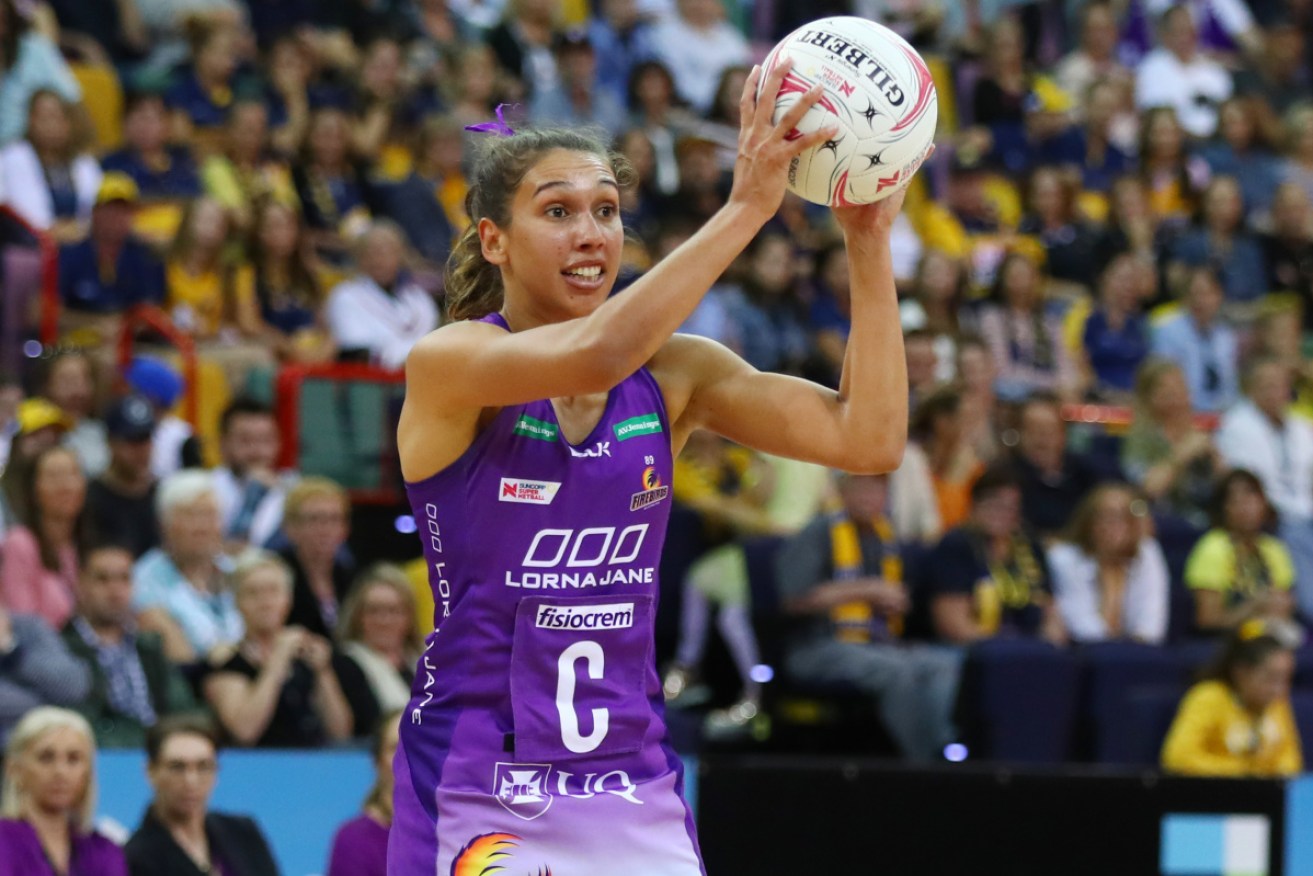Netball’s move towards a more diverse future

Role model" Jemma Mi Mi is the only Indigenous player in Super Netball. Photo: Getty
The more diverse a sport is, the better that sport will be and netball is getting the message.
Despite being the most popular sport for girls in the country netball has long had a reputation for being predominantly white.
But things are changing, with Netball officials acknowledging the sport has a powerful role to play in promoting participation no matter what their race, culture, sexuality or nationality.
This weekend’s Indigenous Round is a big part of that, but when it comes to the first Australians the sport still has work to do.
At the moment there is only one Indigenous player in the Super Netball league, Jemma Mi Mi, who’s with Queensland Firebird.
This week Mi Mi penned a column for Yahoo Sports saying knowing she was the only Indigenous player in Super Netball was “a bit upsetting”.
“I know how much talent there is out there. It’s just not being seen,” she wrote.
“When I go up north to do clinics for Netball Queensland, I see all the young Indigenous girls – and boys, too – who’ve got all these different abilities.”
Mi Mi wrote that many youngsters did not have the opportunities to leave their communities to compete and she said with only two Indigenous Diamonds that role models were thin on the ground.
But Netball officials are working to create greater involvement.
West Coast Fever and Adelaide Thunderbirds held their own annual Indigenous match for the previous five years and Super Netball introduced the first Indigenous round in July last year.
Netball WA and Netball SA are doing a lot of the hard yards, and not just at the elite level.
They’re also leading the way when it comes to actively encouraging Indigenous girls and women to get involved.
Netball WA has three current programs that focus of getting Indigenous girls involved such as Shooting Stars, which is for girls living in remote communities.
It also has its Aboriginal All Star Program, another sports-leading initiative, supports the development of Indigenous players and helps them reach higher levels in the sport.
Data provided by Netball Australia shows a substantial jump in the number of Indigenous players over the course of just one year – 18,294 grassroot players who identify as Indigenous, which represents a whopping 29 per cent increase from 2017 to 2018.
Netball NSW and Netball QLD have also taken up the cause, and there’s now more than 10 programs dedicated to Indigenous girls and women, plus would-be players from refugee or culturally diverse backgrounds.
Netball is not alone with facing the need to ensure that people from all racial and cultural backgrounds can not only access the sport, but feel welcome and supported.
The AFL’s ongoing debate about racism has been underway since 1995 when it introduced its anti-vilification rule.
Since then, there has been slow, but steady progress, with the AFL now involved in some of the biggest anti-racism and pro-diversity campaigns in the country.
The recent controversy over the booing of Adam Goodes has also provided lessons about much public education is still required.
In AFL there are now players from most corners of the world, including Peru, Malta, Greece, Turkey, Sudan and Fiji.
Super Netball draws players from across the world, although its diversity map is a lot smaller than AFL and features only 24 international players on its books.
But it’s a start. There’s much catching up to do and Netball seems up for the challenge.








